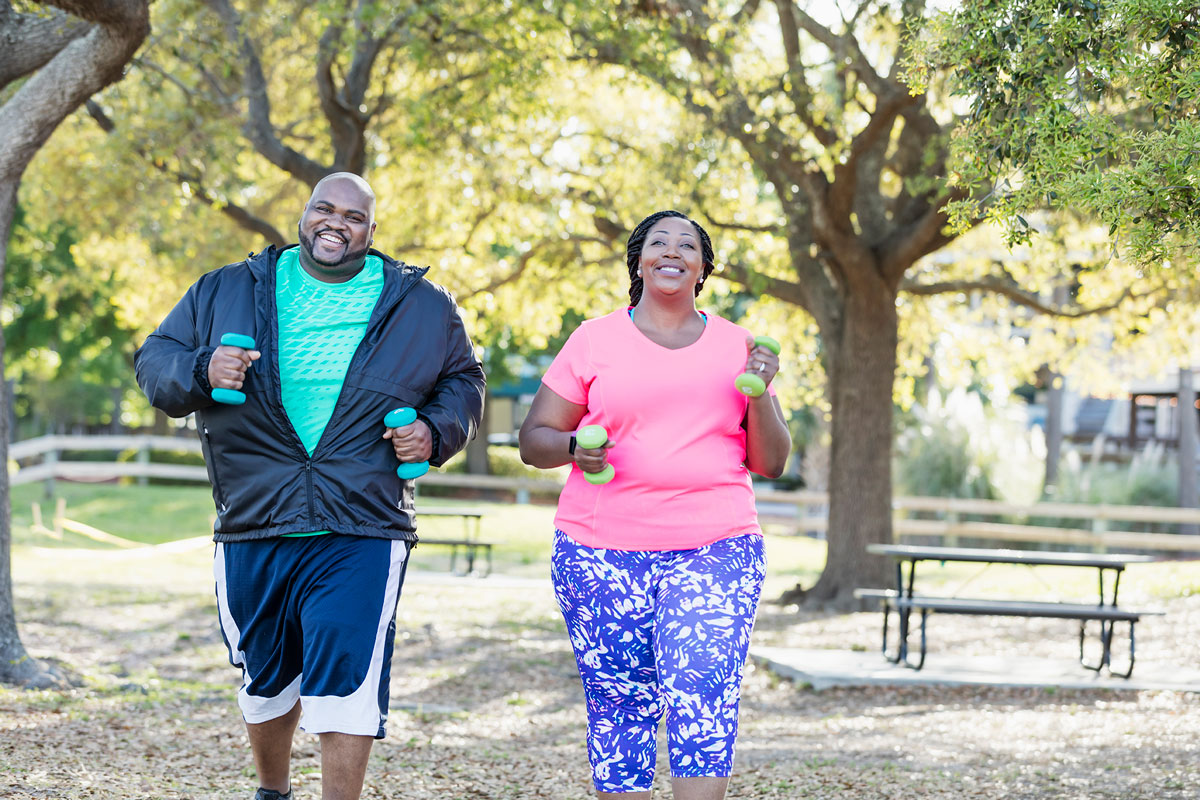
Are you having a difficult time counting your calories? Using the healthy plate method is beneficial when you’re at home or out socializing with family and friends. Creating a healthy plate, when eating, allows you to focus on portion control.
Create Your Healthy Plate
For adults, use a 9-inch plate and divide the plate in half. On one half of the plate, you should eat green leafy vegetables. Green leafy vegetables are more filling and have the least amount of caloric value. Remember, half of the plate does not have to consist of only one vegetable of choice. You can have several green leafy vegetables to fill the first half of your plate.
Some green leafy vegetables include:

- Broccoli
- Collards
- Turnips
- Kale
- Mustards
- Spinach
- Green beans
- Zucchini
- Cucumbers
- Carrots
- Asparagus
- Salad
On the other half of the plate, divide the half into fourths. On a fourth of the plate, you should have your starchy foods.
This portion of your plate can include:
- Pasta
- Brown rice
- Sweet peas
- Corn
- Tortillas
- Lima beans
- Black Peas
- Potatoes
Remember, your consumption of starchy foods should be limited to only a fourth of your plate because they will have a higher caloric value.
The last fourth of your plate should be filled with lean protein. Eating protein helps to boost your metabolism, increase fat burning, lowers your blood
pressure, and helps with weight loss.
This portion of your plate could include:
- Grilled chicken
- Grilled fish
- Turkey
- Tofu
- Lean ground beef
- Eggs
Preparing Your Food
How you prepare your food is just as important as what you put on your plate. Remember, preparing your food at home is almost always healthier than food prepared by others.
When preparing your food, consider your heart. Choose foods that are low in calories, fat, and sugar. Eat foods that are high in fiber, water, vitamins,
minerals, and protein.
Negligence of food preparation is a risk factor for diabetes, high cholesterol, and high blood pressure. Using low-saturated fats and foods high in fiber can reduce the risk of cardiovascular disease.
Complications of heart disease include chest pains, kidney problems, narrow or blocked arteries in your legs, numbness, thickened heart muscle, and vision loss.

Don’t Forget The Exercise!
Aside from food preparation and eating healthy, physical fitness helps to burn calories and improves the function of the heart. The recommended amount of physical activity each week is 150 minutes. That comes out to only:
- 30 minutes for five days a week
- 50 minutes three times a week
- Or approximately 22 minutes for seven days a week
Ready to learn more? View more nutrition resources at https://www.thewellnesscoalition.org/nutrition/.
